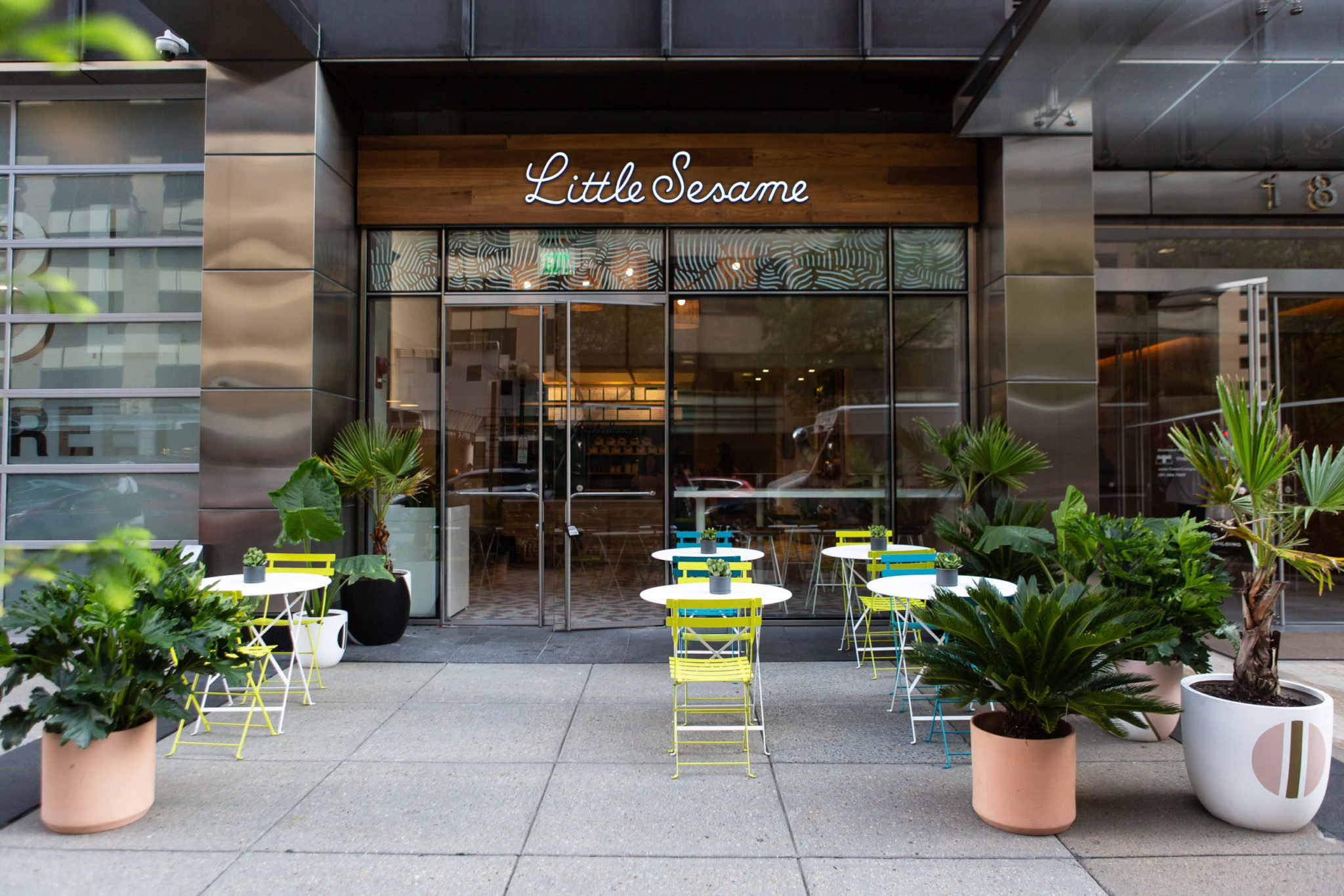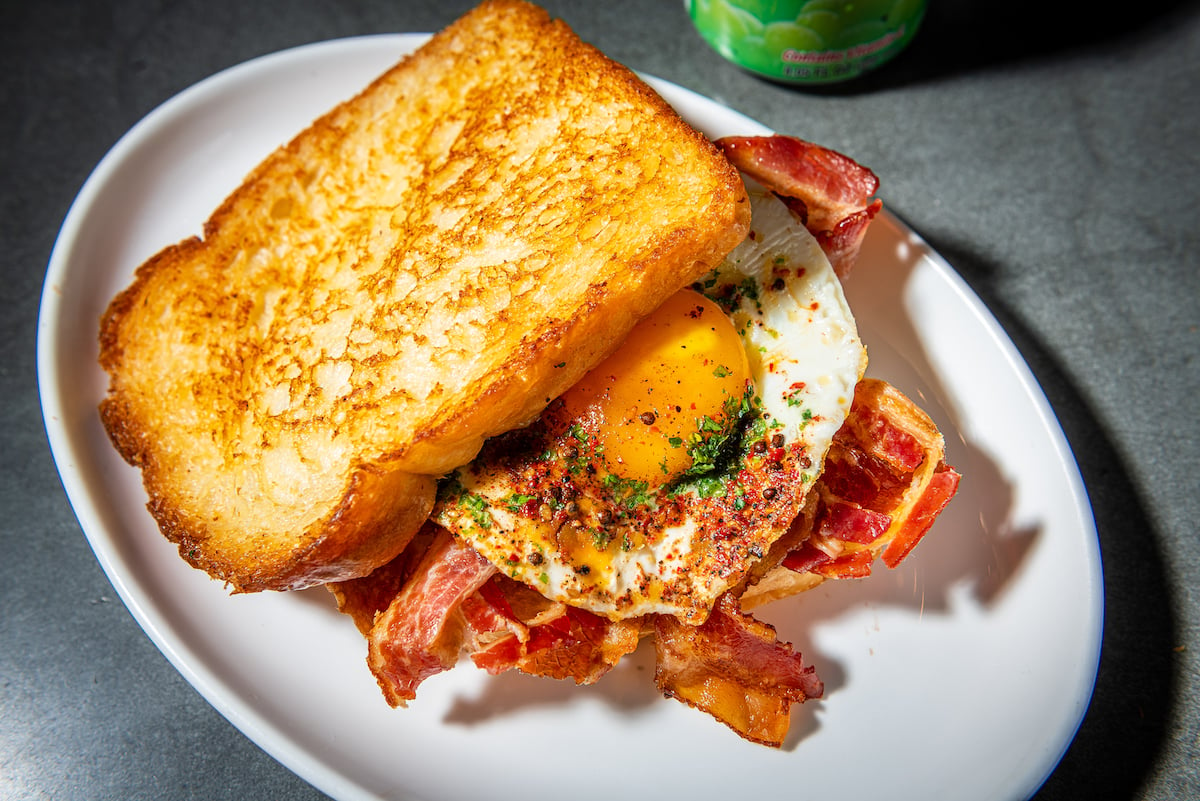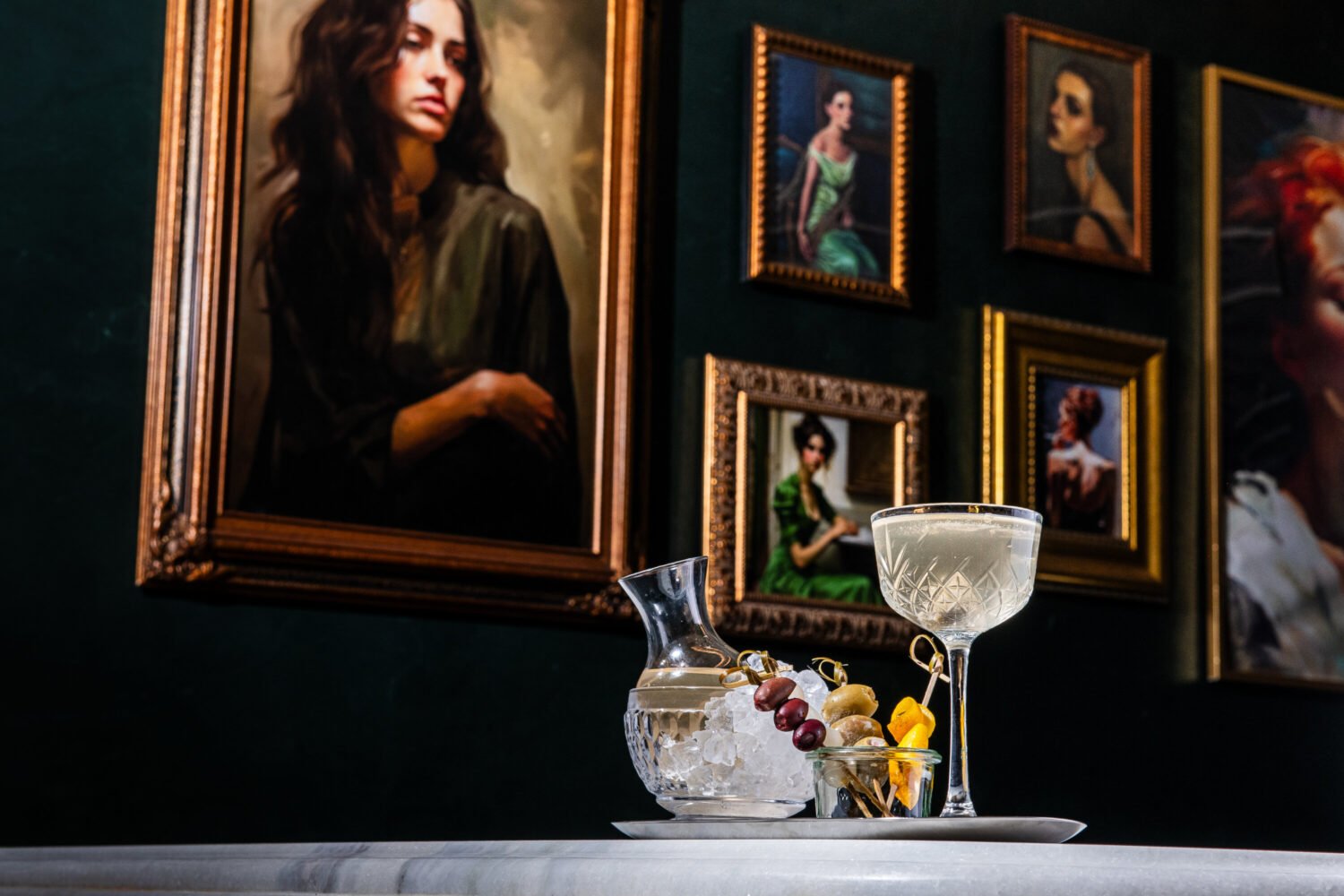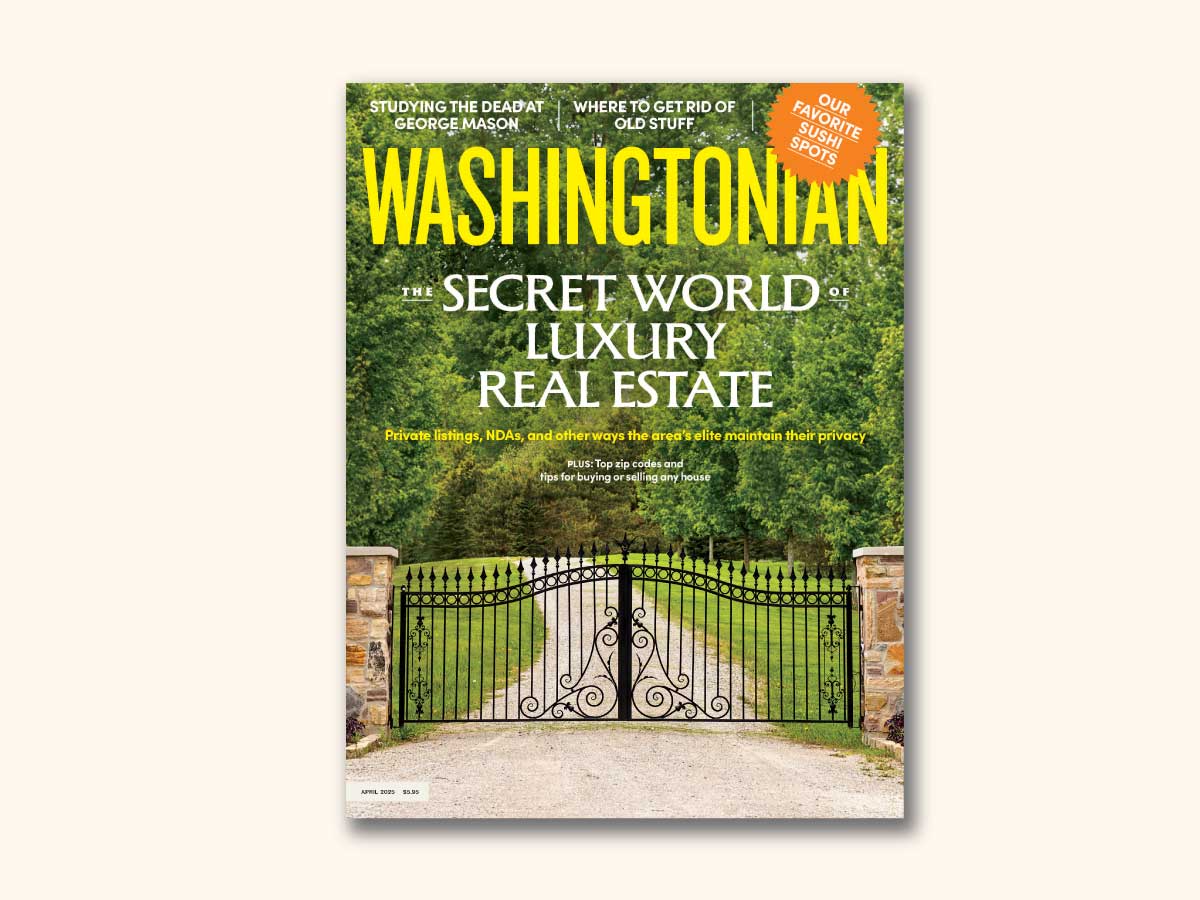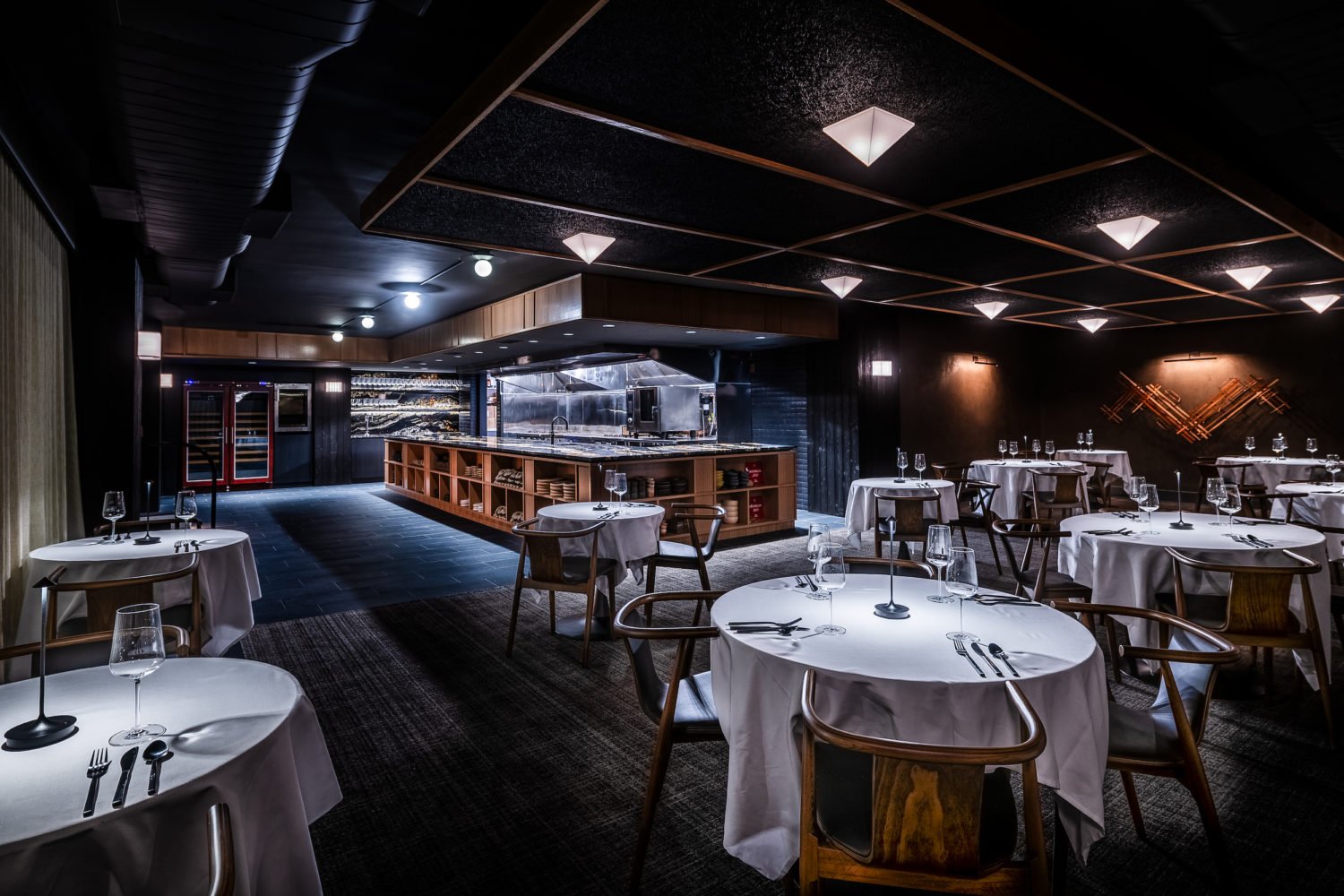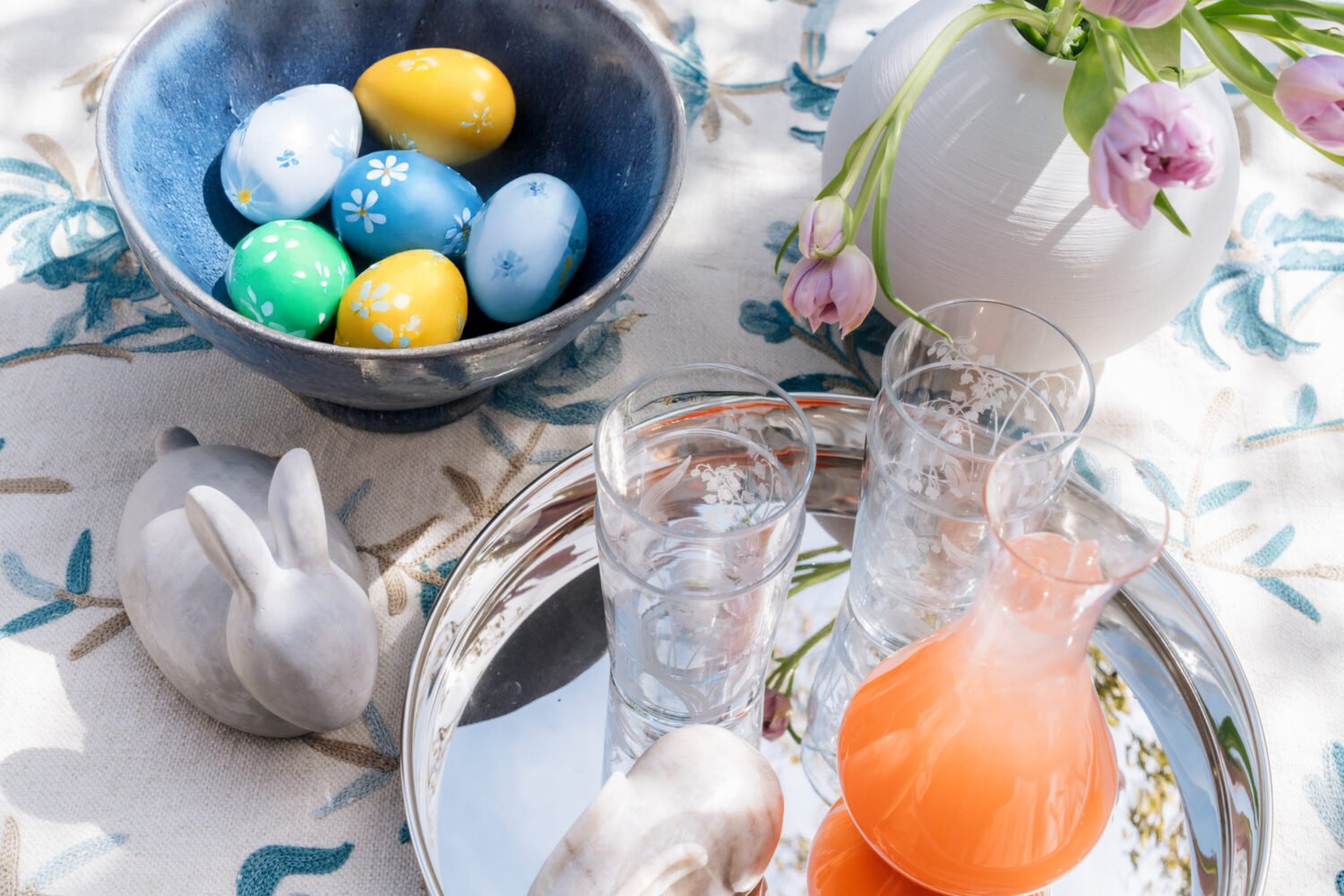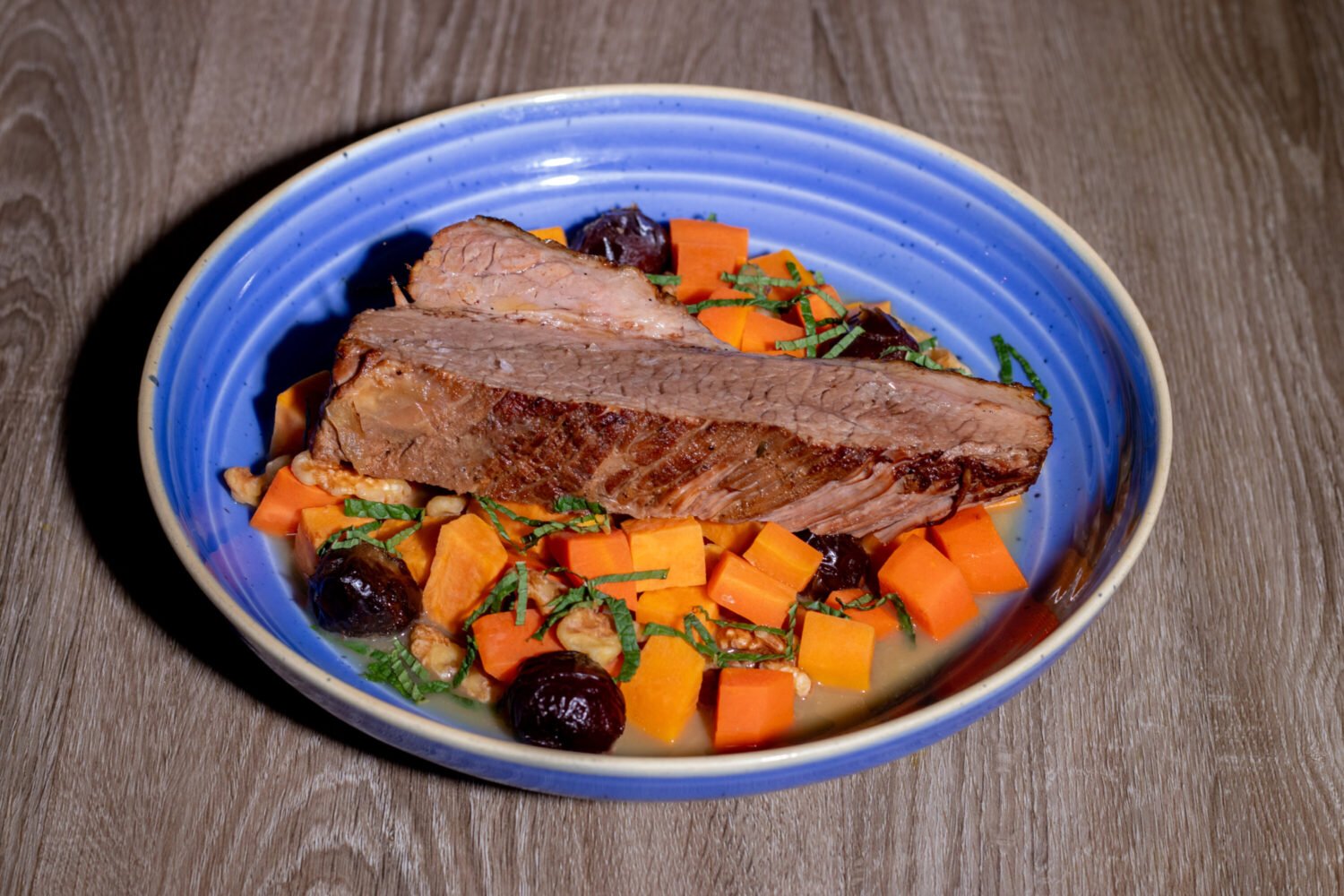A decade ago it felt—and certainly sounded—like you couldn’t walk into a trendy restaurant without hearing the same ’90s hip hop playlist. Like so much else in today’s dining world, chalk it up to the Momofuku Effect: David Chang took the things he loved in the kitchen—whether it be Bud Light or Beastie Boys—shared them in the dining room, and diners went nuts. A bajillion copycats followed.
These days, chefs are cooking to their own tunes. “The wrote ’90s restaurant hip hop playlist is dead,” says restaurateur Nick Wiseman of Little Sesame and Whaley’s. Instead you’ll eat to music that’s eclectic and personalized as the dining scene itself, thanks in large part to audio streaming service Spotify. Similar to the way iPods revolutionized dining room tunes in the early 2000s, giving Chang and his cohorts the ease to build and tweak their own iTunes playlists, Spotify has turned rockstar chefs into DJs over its 11-year run.
In the commercial world, the Swedish streaming service has competition from the likes of Pandora and Rockbot, but it’s deep library (over 35 million songs) and easy interface for personal and business use alike make it a popular choice. In 2013, it launched a background music-streaming company, Soundtrack Your Brand, with business-specific applications for restaurants, bars, hotels, spas, and more, providing playlists of licensed music or allowing business owners to design their own. Perhaps most important, the platform allows restaurants to share their house tracks with a public audience, creating virtual free merch that reaches far beyond the dining room. Love a restaurant’s style? Buy the $20 t-shirt. Dig its vibe? Stream—and share—its music for free.
When thinking about music for Little Sesame, fast-casual hummus shops near Dupont and Chinatown, Wiseman wanted eclectic tunes to match the global bowls and bright, plant-filled space. “We want it to be offbeat and fun and airy and truly an escapist experience where you don’t feel like you’re in the heart of the city leaving your desk for a quick lunch,” he says. To achieve that result, he hired Brooklyn-based Modiba Productions, an artist management and licensing company that works with a roster of international musicians, which helps create Spotify playlists that are shared monthly. Wiseman dictates the vibe and tone for the eateries depending on the menu and season, while Modiba curates songs from African, Middle Eastern, Balkan, and Latin artists.
“My recent directive for them was ‘taste of spring,’” says Wiseman. “Relief from winter and excitement, but not super upbeat—we’ll build up to get there.” The result: a vivacious April playlist that mixes desert group Songhoy Blues from Timbuktu, Mali with electronic surf music from France’s Camel Power Club, and a new indie track from Vampire Weekend with R&B guitarist Steve Lacey.

More than just trying to reach customers through their headphones, Little Sesame launched a concert series at a separate event space in March with dance-y beats from local Afro-pop artist Elikeh and hummus bowls served out of a retro food truck. Though far from the scale of Sweetgreen’s long gone Sweetlife food and music festival, the event is the kind of experience and brand-building exercise restaurants are experimenting with. We don’t just want a meal, we crave memories, and music plays into that.
“The restaurants that are really thinking of crafting an experience and a cohesive brand, a lot of those people are engineering playlists,” says Wiseman.
It’s not uncommon for restauranteurs to turn to outside musical experts. But even if a chef is just hitting “shuffle play” on his or her Spotify app, the business is required by federal law to pay licensing fees to Performing Rights Organizations like ASCAP or BMI to stream music in a commercial space (many don’t, but then risk thousands of dollars in penalties). Beyond comparably nominal fees—say $27 all-inclusive per month for restaurants using Soundtrack Your Brand—Spotify is an inexpensive way to play music, and channel inspiration.
At Himitsu, co-owners Kevin Tien and Carlie Steiner invite the whole staff to contribute to playlists for the intimate Japanese-influenced restaurant, which is why you might hear Maggie Rogers country ballads one moment and British rapper Ray BLK the next. And just as chefs are constantly drawing inspiration from each other’s menus, the same is true with their public playlists.
“It’s awesome for us to look another restaurant’s playlist to bring that experience into our restaurant, like Tail Up Goat has a great one, or Emmer & Rye in Austin,” says Tien.
For others, it’s all about individual expression. At finer-dining Reverie in Georgetown, chef/owner Johnny Spero equates his taste in music to food: “I want it to represent me—I enjoy everything if it sounds good and I don’t particularly stick to one genre.” Just as the menu boasts a dry-aged cheeseburger alongside a Japanese-style kanpachi collar, his soundtrack bounces from The Beach Boys one moment to Misfits punk rock the next.
“Even though it sounds like it’s all over the place it ends up being very cohesive and making sense in the space,” says Spero, who shares Reverie’s Spotify playlists monthly. “It’s peaks and valleys, just like in a menu. You have a course that’s high-acidity to offset a dish like foie that’s super fatty. Having music that’s more aggressive than what people like mellows out the experience when you hear something more approachable and relatable.”
Approachability is the main goal for some restaurateurs. At steak-frites mini-chain Medium Rare, owner Mark Bucher—a former radio disc jockey—uses DJ software to cancel out swear words and sexual references for his family-friendly brunch and dinner playlists of classics through the decades. Bucher says streaming is the best way that restaurants can approach music in a world where demands change on the fly. For example, he recently deleted Michael Jackson from his playlists after the documentary, Leaving Neverland, refreshed accusations of sexual molestation against the pop star. (“I think people today will find less joy in his music,” says Bucher).
Access to millions of artists has also influenced the way some musically minded restaurateurs approach their concepts. Roy Boys recently opened in Shaw with a keen focus: fried chicken and oysters on the menu and hip hop, rap, and R&B over the Bose speakers. Managing partner Marlon Marshall works with a local DJ for three different styles and moods of Spotify playlists: Roy Boys day, Roy Boys night, and R&B kickback Sundays. He says he also tweaks the soundtracks on the fly depending on the patrons: current hip hop for his younger regulars from nearby Howard University, R&B for an older crowd, Drake’s Rachet Happy Birthday if he notices a group celebrating.
“I play the music from my phone to match the energy in the room—who’s here, what the feel is like,” says Marshall. “It’s critical that the vibe is always right. The food can be good, the service can be great, but you see it in reviews all the time—the vibe was off. It’s like when the lights are too bright. Music is the underlying thing that sets restaurants apart.”

